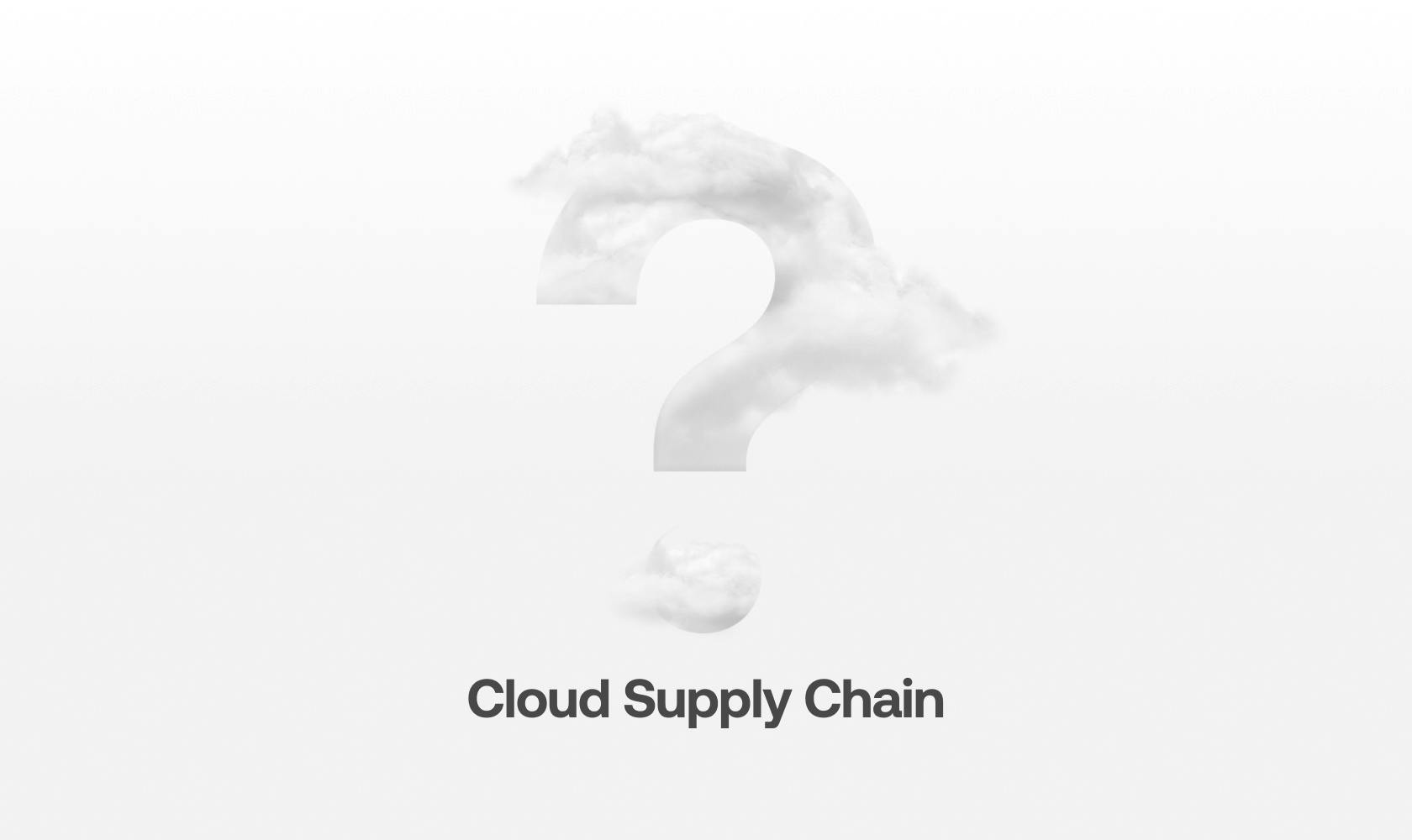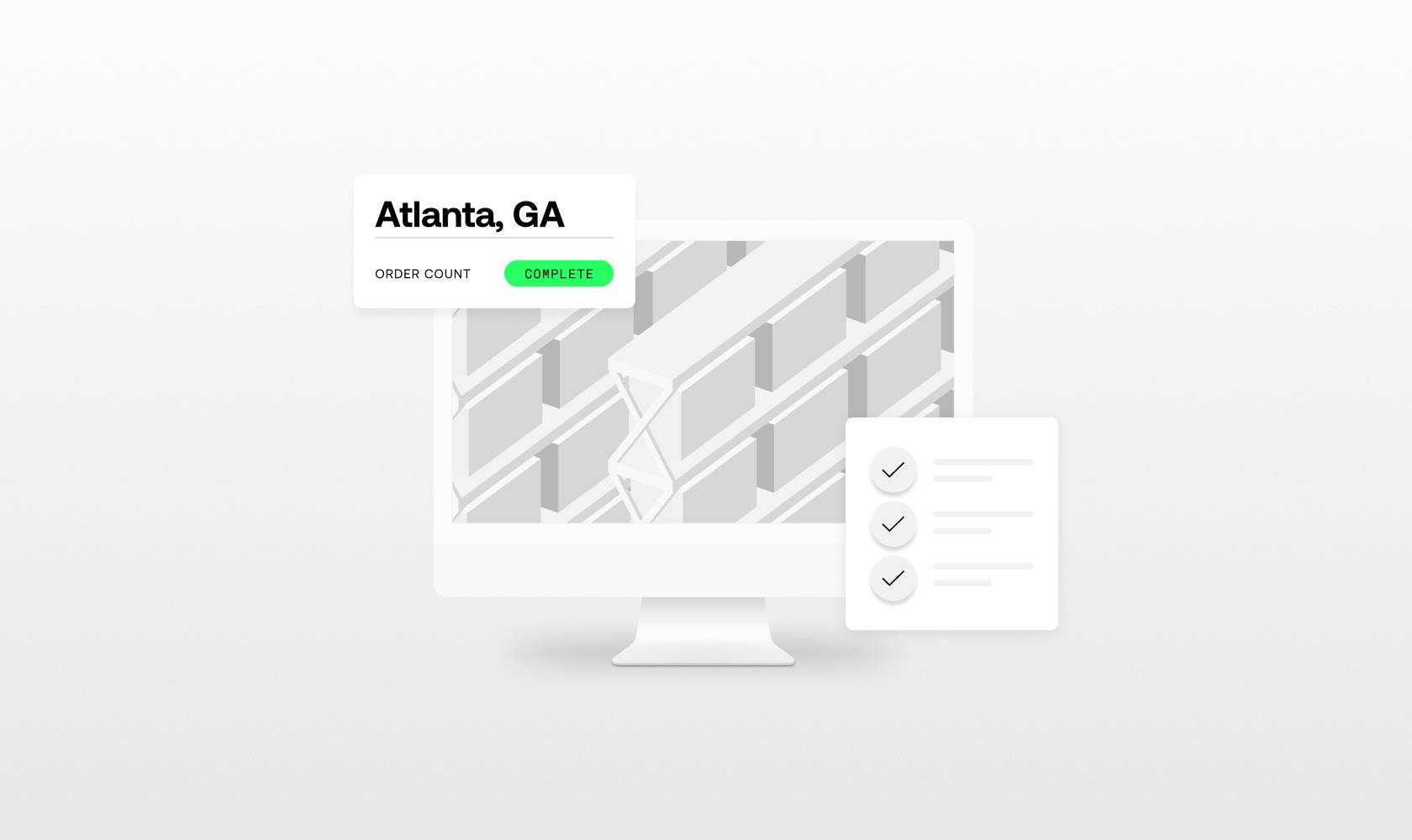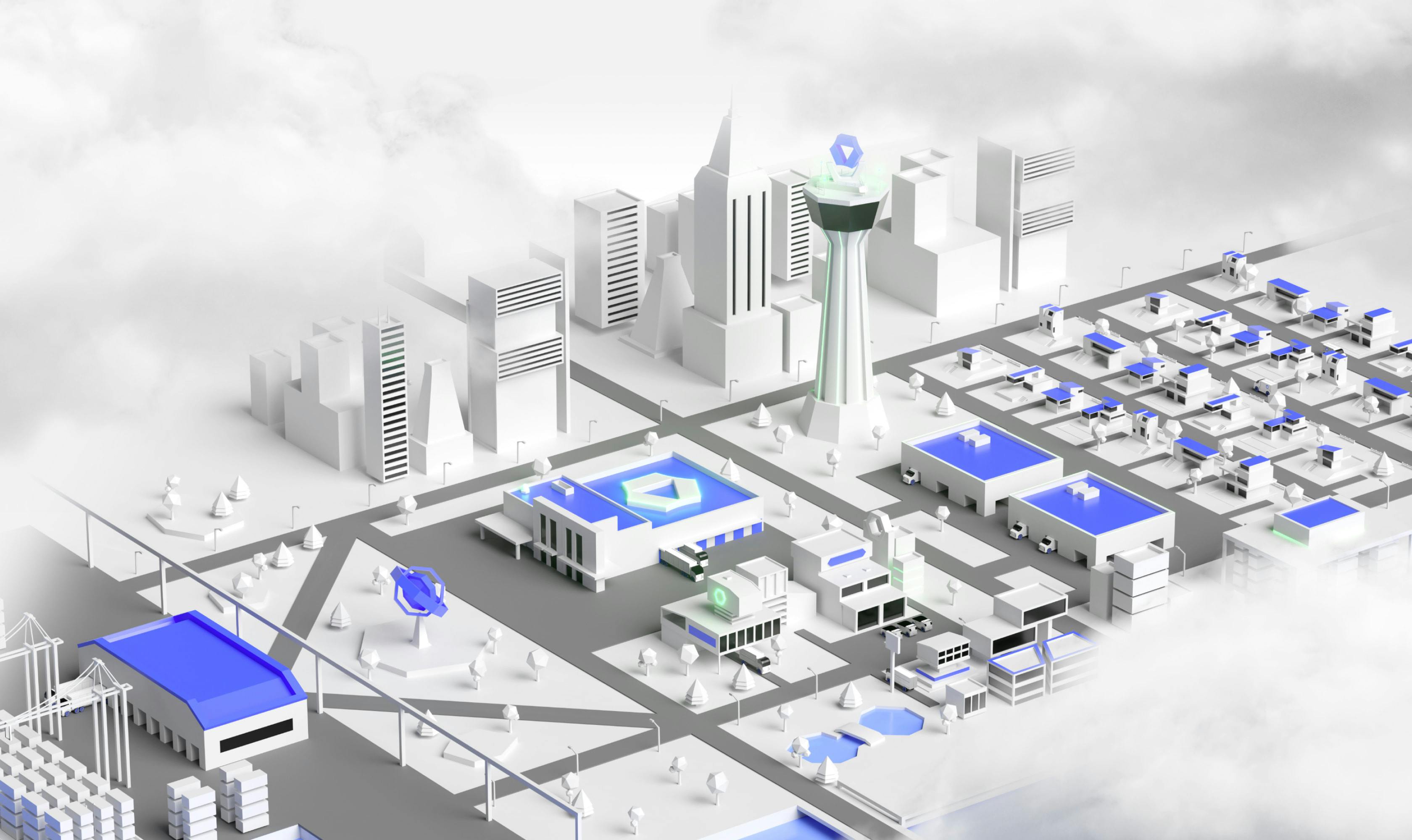Back in 2014, hot off the success of How I Met Your Mother, Forgetting Sarah Marshall, and I Love You, Man, Jason Segel set out to cement himself as a leading man by co-starring in a rom-com with legend Cameron Diaz. While the film they made (unfortunately titled Sex Tape) was not a hit, scoring only a 16% on Rotten Tomatoes, it blessed us with this clip:
But, that’s the whole point of the Cloud: it works so well that nobody has to understand it, manage it, or otherwise give it a second thought.
Thanks to the Cloud, what were once major pain points for businesses are now mere memories—at least for anyone old enough to remember.
Before the Cloud, businesses had to make large capital investments in physical real estate to house computers and servers that supported their needs. Tech teams were in a constant arms race to provide sufficient storage and computing power to keep up with their company’s and users’ needs.
Nowadays, businesses don’t have to worry about demand planning and the overhead required to maintain and scale server farms. Instead, they just use a cloud computing provider like Amazon Web Services, and they get access to exactly what they need, when they need it, and without the unnecessary cost or complexity of doing it on their own.
Jason Segel’s joke proves: these issues that were once plaguing businesses have not only been resolved, but they’ve become obsolete—all thanks to the Cloud.
Forgetting Fragmented Supply Chains
Most supply chains—even in 2022—are still running like a 1990s IT stack. Just like how companies added additional real estate and servers as they grew in the 1990s, today’s brands piece together disparate facilities and 3PLs as their needs increase.
Brands now rely on expensive, disconnected, and inflexible pieces to make up their supply chains, which slow growth, hinder customer experience, and create massive operational burdens.
Cloud Supply Chain is a paradigm shift for supply chains—enabling the same flexibility, scalability, and efficiency that cloud computing did for IT.

Imagine a fully-integrated, infinitely-elastic, and consistently-optimized supply chain, delivered as a scalable utility. That’s Cloud Supply Chain.
I Love You, Cloud Supply Chain
Cloud Supply Chain doesn’t just solve the issues today’s brands are facing when it comes to procurement, fulfillment, and more. It makes them obsolete.
With Cloud Supply Chain, brands won’t need a roster filled with dozens of supply chain vendors all managing a piece of the puzzle—exposing the brand to many potential points of failure and inefficiencies.
Instead, brands will plug into one provider and scale their logistics and fulfillment effortlessly to meet their needs, achieve massive cost savings, and optimize better than ever before.
Perhaps someday in the future Jason Segel will return to the silver screen not for an ill-fated rom-com but instead he will team up with Paul Rudd for a charming bro-mance where they discover the power of Cloud Supply Chain as they chase down a package they accidentally ordered for their wives…call it Old Ball And Supply Chain.

How You Solved Your Supply Chain Issues
If you want to become a Cloud Supply Chain expert and truly understand the potential of the cloud, go check out our new ebook “Cloud Supply Chain For D̶u̶m̶m̶i̶e̶s̶ Savvy Brands.”






